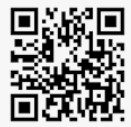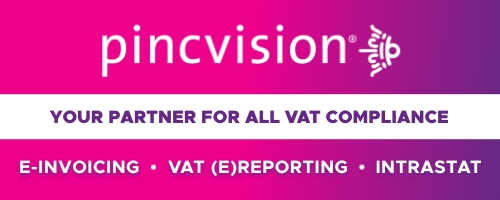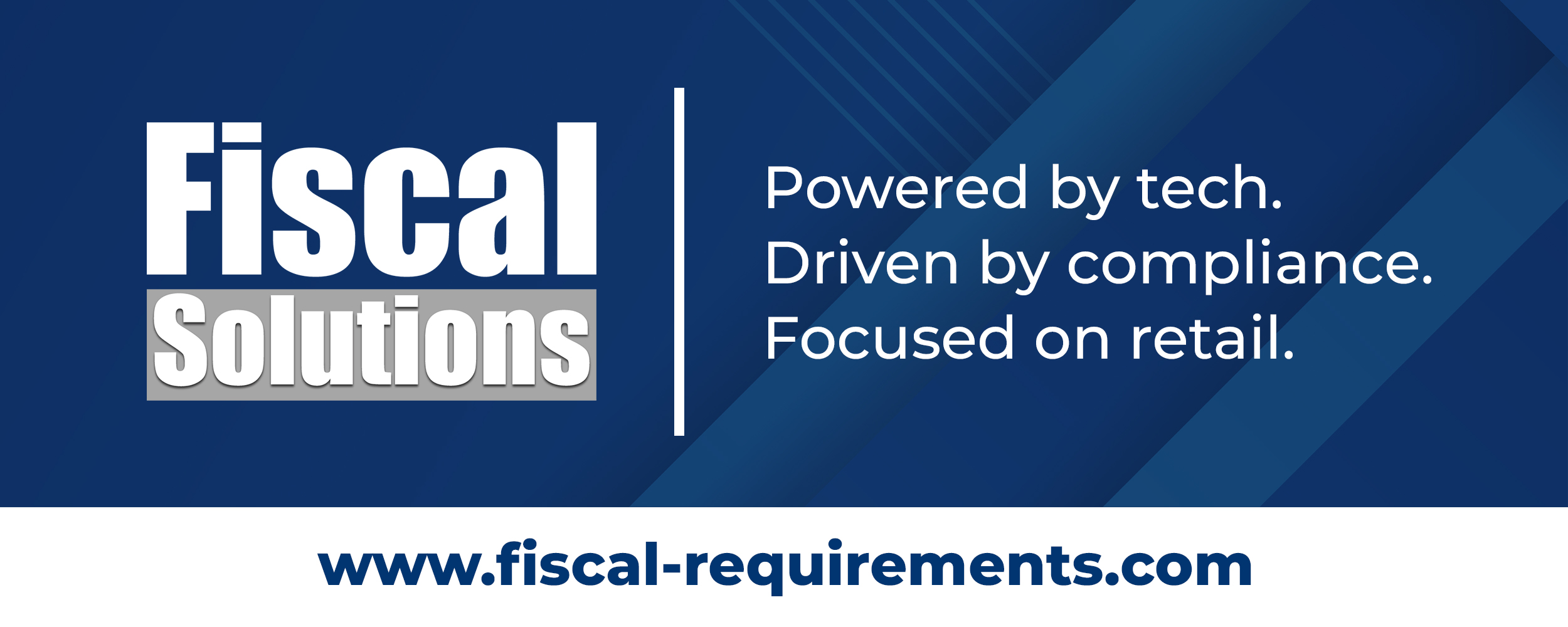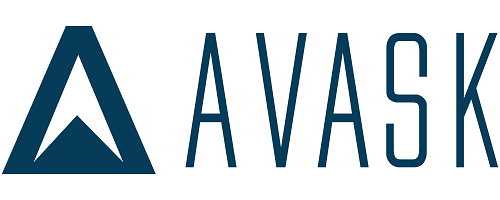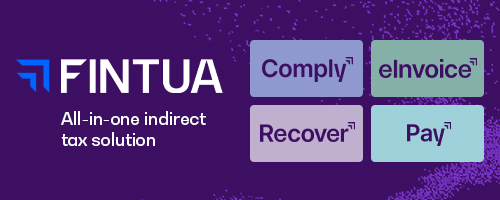Digitalization is the next ruler, requiring a modern approach to standard procedures. This article discusses the various uses of QR codes, including invoice validation and the promise of security and transparency. QR codes, or quick response codes, are two-dimensional barcodes that can be scanned through a mobile scanner or cellphone. They are used for various purposes, such as providing discounts, payment methods, educational purposes, and attendance tracking in countries like Saudi Arabia.
In terms of invoice validation, QR codes contain essential information such as supplier and recipient GSTIN, invoice number, date of generation, invoice value, line items, HSN code, and unique invoice reference number/hash. This helps speed up business transactions and allows tax officers to easily verify the validity of an invoice.
QR codes promise security by securely storing essential data, although there are risks such as hacking and accessing sensitive information. The benefits of adopting QR codes include increased efficiency and productivity for businesses, fast-track transactions, trackability, and accurate tax imposition for the government.
Saudi Arabia has adopted QR codes for tax invoicing to ensure a transparent, fair, and fast tax procedure. The country is transitioning from paper invoicing to electronic invoicing, introducing a mobile application for verifying invoices through scanning QR codes.
Source Tachyonhub
Latest Posts in "World"
- VATupdate Newsletter Week 38 2025
- OECD Publication: Governing with Artificial Intelligence: OECD’s Roadmap for Smarter Public Services
- E-Invoicing & E-Reporting developments in the news in week 36-38/2025
- OECD Report Explores AI’s Role in Tax Administration and Public-Sector Challenges
- AI In Tax: Common Pitfalls That Keep Projects From Taking Off


